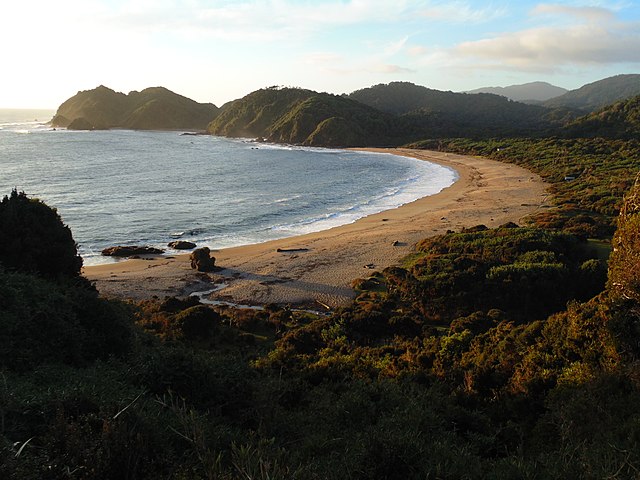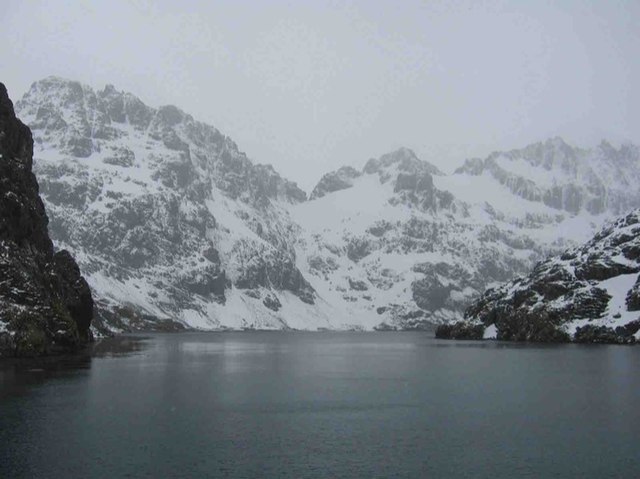Anthony de la Roché was a 17th-century English maritime explorer and merchant, born in London to a French Huguenot father and an English mother, who took part in a joint venture established by English and Dutch shipowners in the Spanish port city of Cádiz in order to engage in the lucrative New World trade. During a commercial voyage between Europe and South America he was blown off course in Drake Passage, visited the island of South Georgia and sighted Clerke Rocks in 1675, thereby making the first discovery of land in the Antarctic. In doing so he crossed the Antarctic Convergence, a natural boundary of the Antarctic region that would be described two and a half centuries later by the British Discovery Investigations and the German Meteor Expedition.
Chiloé Island
17th-century merchantman
Drygalski Fjord, a possible place of La Roché's stay in South Georgia
Various reckonings of the Tordesillas line according to Henry Harrisse, all of them running west of the meridian 42°20'W and thus west of South Georgia and Gough, potentially leaving both islands to Portugal
South Georgia is an island in the South Atlantic Ocean that is part of the British Overseas Territory of South Georgia and the South Sandwich Islands. It lies around 1,400 kilometres (870 mi) east of the Falkland Islands. Stretching in the east–west direction, South Georgia is around 170 kilometres (106 mi) long and has a maximum width of 35 kilometres (22 mi). The terrain is mountainous, with the central ridge rising to 2,935 metres (9,629 ft) at Mount Paget. The northern coast is indented with numerous bays and fjords, serving as good harbours.
February 2018 ESA satellite photograph of South Georgia
Church at Grytviken
Snowy sheathbill in nest







